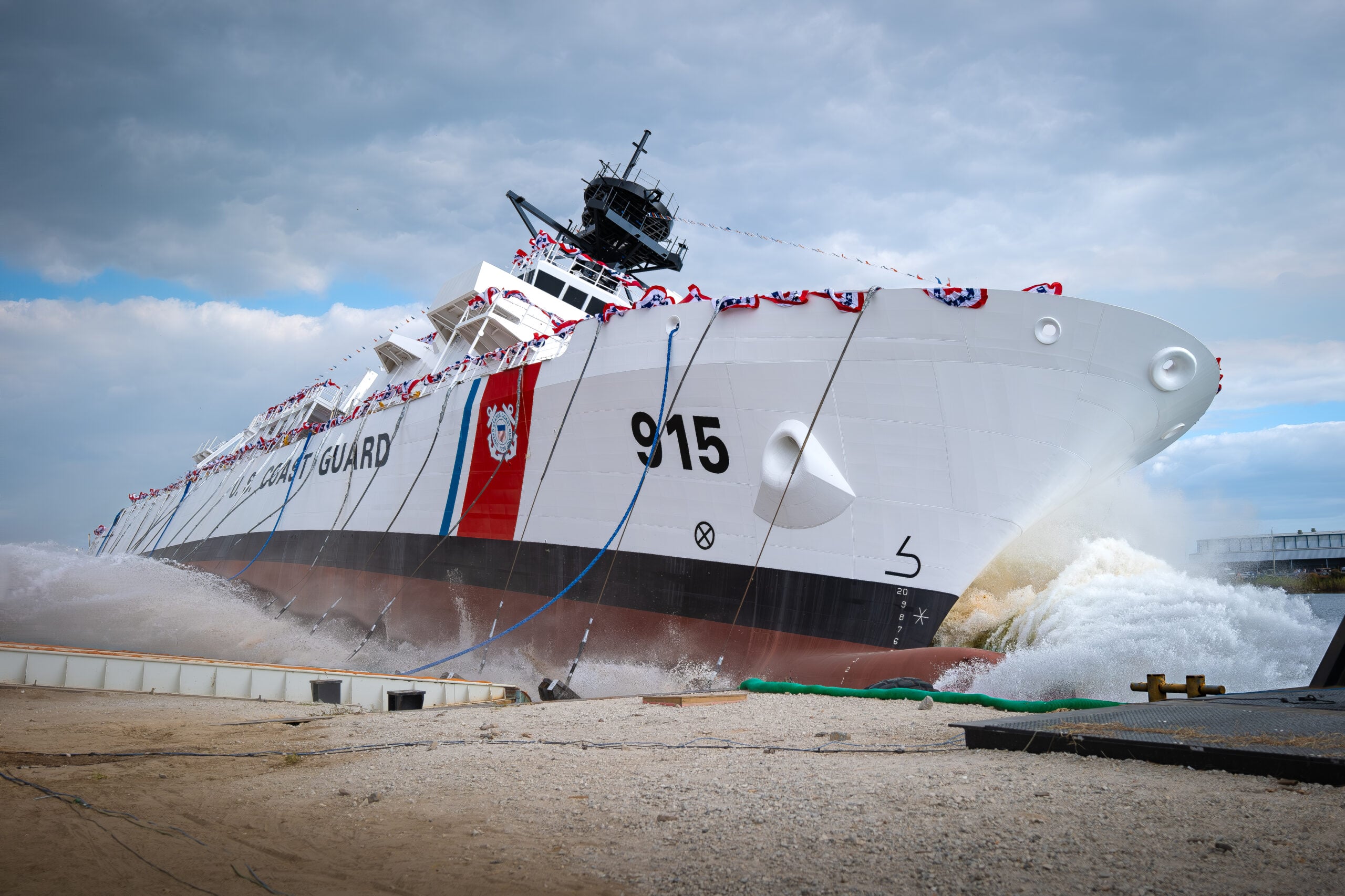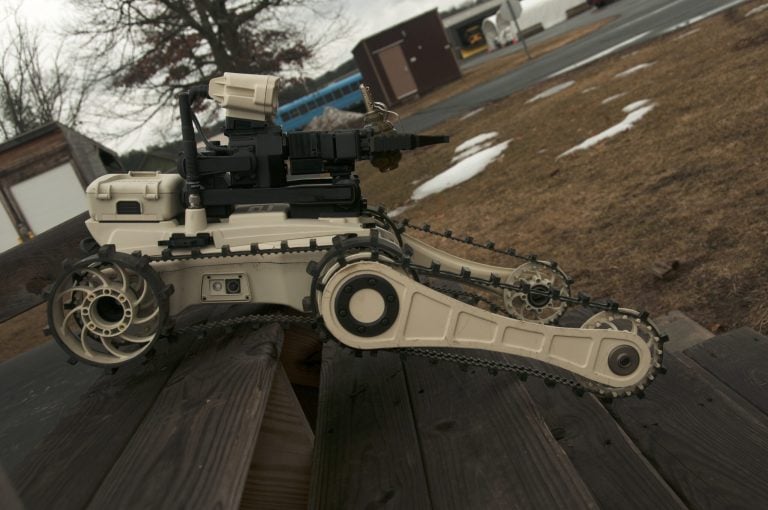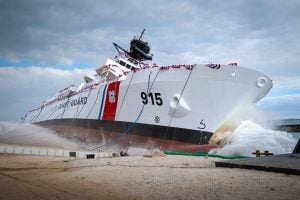The Government Accountability Office (GAO) has issued a concerning report regarding the US Coast Guard’s Heritage-class Offshore Patrol Cutter (OPC) program, which is now facing significant risk of delays and increased costs. This $17 billion initiative, aimed at replacing aging cutters essential for various maritime missions, is experiencing challenges stemming from the construction of ships before their designs were finalized.
The Heritage-class OPC program, which has been underway for 12 years, has yet to see the delivery of any vessels. This lack of progress primarily concerns the construction phase for the first batch of cutters, managed by Eastern Shipbuilding Group. The GAO indicates that the company has not made substantial advancements since the last review and continues to struggle with ongoing setbacks. A critical issue identified is that the construction of the first four OPCs commenced without a stable design — a move that contradicts established best practices in shipbuilding. This premature production has necessitated costly revisions and has delayed anticipated deliveries.
Furthermore, efforts to incentivize progress through milestone payments and other mechanisms have largely proven ineffective. By July 2025, the Coast Guard opted to cancel the production of OPCs 3 and 4, exacerbating concerns as the delivery of the first ship is now projected to be over five years delayed.
Turning to Stage 2 of the program, where Austal USA is the designated builder, some procedural improvements have been adopted, including collaborative design reviews. However, the GAO noted that construction for the fifth cutter actually began in August 2024 without a finalized design, raising alarms that this premature construction could mirror the costly rework and schedule delays encountered in the first stage.
Additionally, the GAO highlighted deficiencies within Austal’s cost and schedule tracking systems, further complicating the monitoring of the program’s progress.
The overarching concern voiced by the GAO indicates that the Heritage OPC program is jeopardized not only by inefficiencies in design and construction practices but also by outdated cost information. To mitigate the risk of overspending, the agency has provided several recommendations. These include establishing distinct cost targets for each stage, securing a completed design before moving forward with building, and integrating lessons learned from early vessel testing into the procurement process for Stage 3.
By adhering to these guidelines, the gains anticipated from these new cutters could be maximized, thereby minimizing costly modifications and enhancing the overall timeline as the Coast Guard continues its imperative mission of maintaining maritime security and readiness.


















